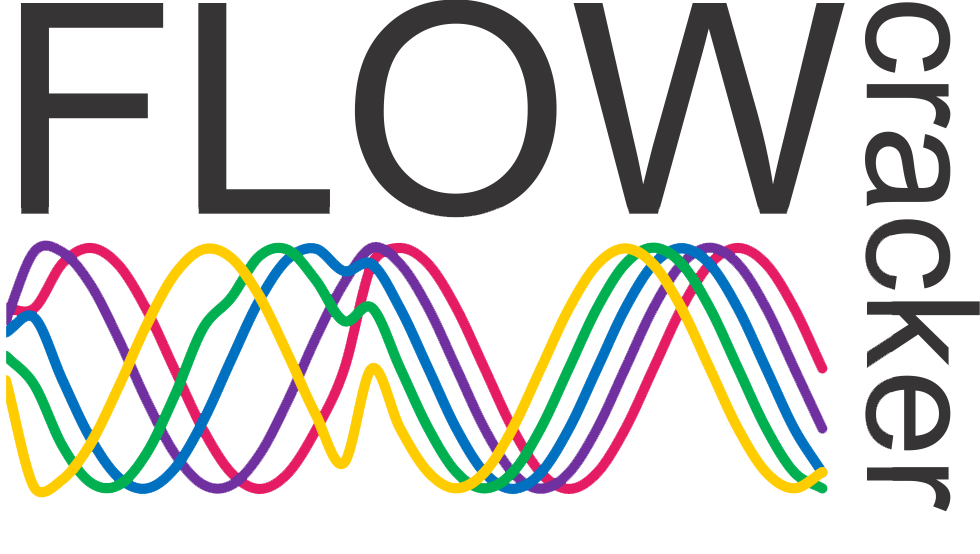

Why Generative Ways of Working Will Define the Next Era of Enterprise Transformation
Every few decades, a technology shifts the foundation of work. Steam engines, electricity, the internet—each changed how we worked.
Generative AI is different. It changes what work even is.
We’re no longer talking about tools that only speed up existing tasks. We’re talking about intelligence that:
- Surfaces insights before we ask.
- Suggests options we wouldn’t imagine.
- Adapts to context in real time.
And yet—most organizations are still applying yesterday’s operating logic. AI is treated like a plug-in. Agile is treated like a set of ceremonies. Flow is talked about, but rarely measured.
This is why we built GenerativeFLOW—a bridge between executive ambition and team-level practice. It’s a way to design work so that intelligence—human and machine—can move unbroken from signal to value.
Why We Need a Generative Lens Now
For decades, enterprises focused on optimization. Scale what works. Automate what repeats. Standardize for control.
But generative AI doesn’t optimize—it co-creates. It demands a new kind of organizational intelligence—one that combines human curiosity, contextual judgment, and machine capability.
Generative tools—from design copilots to predictive models—blur the lines between user and maker, plan and prototype, team and system. In this environment, what separates thriving organizations is not how fast they move, but how fluidly they learn and generate.
That’s why we need a generative lens: to design not for predictability, but for possibility.
What Is GenerativeFLOW?
GenerativeFLOW rests on three interconnected foundations. Together, they shift your organization from one that executes efficiently to one that evolves intelligently.
The Three Foundations of a New Kind of Enterprise
|
Foundation |
Description |
Metaphor |
|
1. Generative Intelligence |
The blend of human judgment, domain knowledge, and AI. Not just using tools, but knowing when to prompt, where to ask, and how to shape the response. |
Seed – What is planted—an idea, a question, a possibility |
|
2. Generative Operating Models |
Dynamic teaming and flexible structures that allow value to flow across boundaries—roles, systems, even organizations. |
Soil – The system that nourishes or constrains the seed |
|
3. Generative Ways of Working |
Rituals and practices that evolve continuously—agile, lean, systems thinking—embedded in the daily rhythm of teams. |
Growth – What emerges through iteration and care |
These aren’t isolated pillars. They reinforce each other. And when practiced together, they turn an organization into a generative system—one that doesn’t just survive disruption, but creates new futures through it.
Patterns We’re Seeing – From Teams to Enterprises
Across industries, we see organizations falling into familiar traps—or beginning to evolve generatively. Here’s what we’re noticing:
The Generative Maturity Spectrum
|
Stage |
Mindset |
Behaviors |
Signal of Progress |
|
1. Reactive |
Firefighting |
Siloed AI and Agile |
|
|
2. Tool-Oriented |
“Plug-and-play” |
AI pilots, Jira checklists |
|
|
3. Process-Aligned |
Coordinated |
Value streams, CoEs |
|
|
4. Co-Creative |
Emergent |
Teams shape practice |
|
|
5. Generative |
Flow-focused |
Learning, sensing, adaptation |
|
No function lives entirely in one stage. The goal is not perfection—but progression.
Common Pitfalls and Missteps
- Deploying AI without redesigning work → Leads to rejection or shallow use
- Mandating uniformity → Chokes nuance, loses buy-in
- Scaling pilots too fast → Friction increases, context breaks
- Focusing on cost cuts → Undermines trust and capability
- Assuming prompting is intuitive → Teams generate junk, lose faith
- Prioritizing speed over reflection → Creates avoidable rework
- Holding onto control → Teams disengage or go underground
Flow breaks not because people resist—but because the system isn’t listening.
Start Where You Are. Flow Forward.
You don’t start with another new framework. You need a new frame—of mind, of measurement, of movement.
GenerativeFLOW invites you to rethink:
- What’s flowing in your organization—and what’s stuck?
- Where is AI showing up as an actor, not just a tool?
- Where are your teams already co-generating, and how can you support them?
This is not a roadmap. It’s a rhythm.
“Don’t scale what works. First, sense what wants to grow.”
